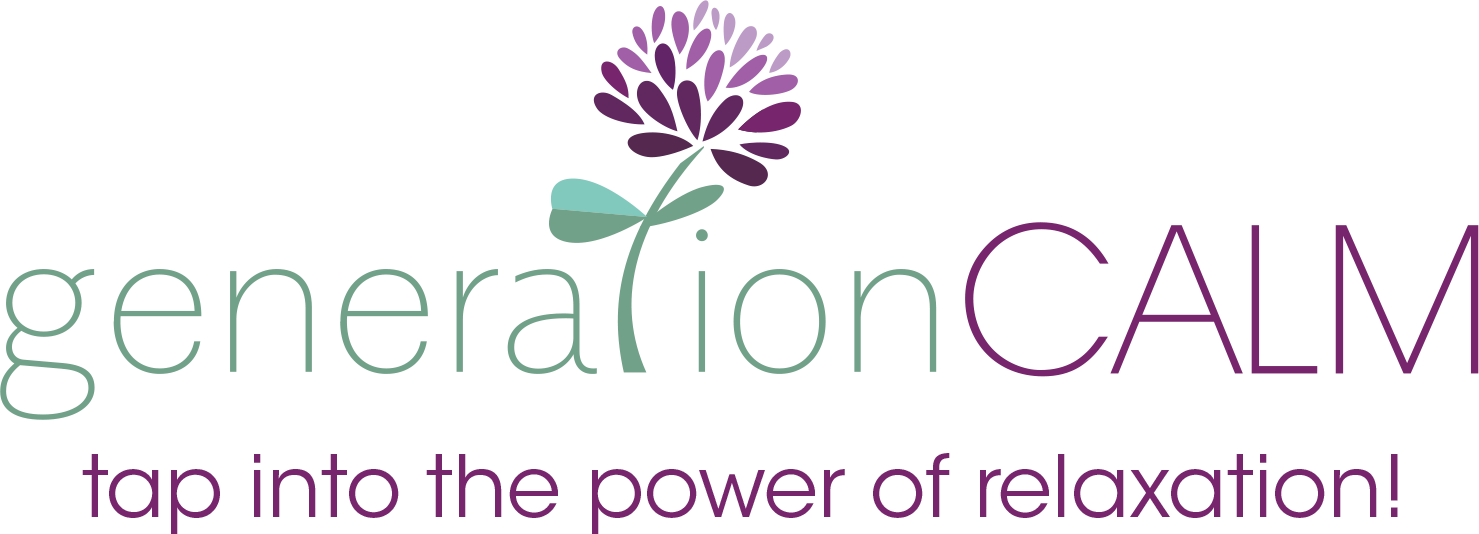Why Tech Companies Are Spending Millions On Vagus Nerve Stimulation
Vagus nerve stimulation and exercises are all the rage. Just like when yoga went from hippy to mainstream in the early 2000’s, now it’s the vagus nerve and gut health’s turn to shine.
So what does vagus nerve stimulation mean?
The vagus nerve is a long nerve that runs from your brain to your belly, often described as a highway because the information travels both ways like a road. But it turns out, that only 10% of the information is carried from your brain to your body. Whereas 90% of the information is carried from your body to your brain (information taken from Dr Laura Stenbergen’s brilliant talk at Studium Generale TU/e in The Netherlands).
This means that your gut is the control room of your brain and body. Kind of like the puppet master pulling the strings of your overall health.
your gut is the control room of your brain and body
As the vagus nerve passes very close to the left ear, there are a number of at-home, non-invasive devices being tested to send electrical impulses to stimulate the vagus nerve, affectionately called ear tickling. The idea is that stimulating the vagal nerve will create a relaxing experience deep within your body and therefore be healthier for your body and mind and reduce stress. This happens through the parasympathetic nervous system.
Is going to help my anxiety?
There is no doubt that tapping directly into your parasympathetic nervous system will help you to relax. That’s why taking slow breaths will instantly calm you.
And there are many other vagus nerve stimulation exercises that are supposed to help to stimulate your vagus nerve such as yoga, meditation, or humming. But currently, we don’t know whether any health improvements are due to the vagus nerve.
My concern about a vagus nerve stimulator is that it feeds into the ‘hacking’ mindset that pervades Tik Tok and Instagram. It’s like going on a crash diet to lose weight for a wedding, rather than making healthy lifestyle choices to make long-lasting change. And it makes me wonder if these VNS machines will end up in the ever increasing tech graveyard heap in a couple of years.

What else can I do?
While vagus nerve stimulation therapy will be coming to market very soon, it may not be for everyone. And can it improve your mental health? The answer is … we still don’t know for sure! But there are some things that can work to improve your gut and therefore mental health.
- The Polyvagal theory by psychiatrist and neuroscientist, Dr Stephen Porges and further clinical work by Deb Dana have shown that the vagus nerve is central to working with clients who have experienced trauma. If you’re willing to put in the work, seeking therapy will help you create the safety you need to learn to regulate your own nervous system.
- If you have been putting off eating well – this should be your wake up call. What you put in your gut affects everything. Eat a wide range of fruit and vegetables, nuts and beans every week. The more diverse, the better for your gut health.
- High heart rate variability (HRV) is a sign of high vagal tone (that means there’s a strong connection between your brain and body). Heart rate variability measures the space between heartbeats. And having a high HRV means your resting heart rate is low but you can comfortably sustain a high heart rate during exercise before it quickly returns back to the resting heart rate again. You can only improve your heart rate variability through regular movement and exercise. So this is an essential part of improving your vagal tone.
- Try practicing slow breaths at intervals throughout the day. Slowly inhale deeply until you feel your belly expand and then breath out long and slow out of your mouth. Try your best to exhale for longer than you inhale. That is what triggers the relaxation response.
I’m not saying vagus nerve stimulation won’t work, it’s already been used for years in neuroscience to treat migraines and epilepsy. But don’t be dazzled by the new technology if you’re not already doing the basic stuff to help your health in the long-term. The basics never change, but here goes:
Go to therapy (when you need it)
Eat a diverse array of whole foods
Move more
If you like this blog post, you’ll enjoy being part of my fortnightly newsletter. You can sign up to the right, to the right ➡➡

